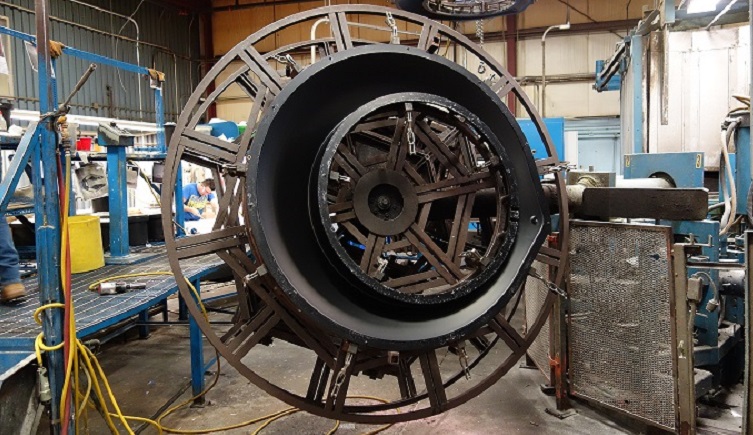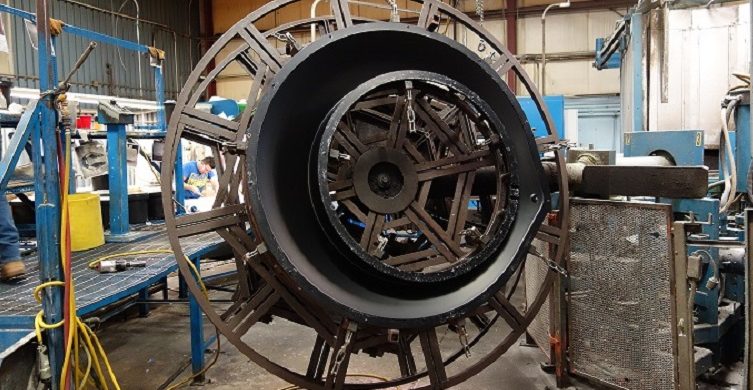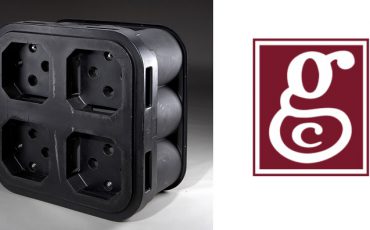
Plastic molding for medical devices isn’t limited to injection molding and blow molding. Rotational molding, or rotomolding, can produce plastic parts in a wide variety of shapes, sizes, textures and colors. Moreover, rotational molding supports features such as undercuts, multiple walls, and molded-in hardware and graphics. Many rotomolded shapes are impossible to produce by other methods, and rotomolding’s attractive tooling costs are easier to amortize across a range of production volumes.
How Rotational Molding Works
Rotational molding requires a mold, a powder or resin, and a molding machine. The mold is mounted to a machine arm and filled. The arm rotates the mold and distributes the material evenly and consistently. The arm also moves the mold between stations where loading, heating, cooling, and unloading occur. Compared to blow molding and injection molding, the molds used in rotomolding cost less and take less time to produce. A single rotational mold can also produce multiple-wall and multiple-layer products.
Medical Device Design and Plastics Manufacturing
Rotational molding can produce irregular shapes that enable medical device designers to optimize cramped spaces. By increasing the thickness in the outside corners, designers can also achieve greater strength and impact resistance. Rotomolding supports the use of CNC and robotic routing for the secondary processing of molded products, too.
Rotational Molding vs. Blow Molding
Rotational molding uses some of the same plastics as blow molding. Examples of rotational molding materials include LLDPE, HDPE, and PP. Like blow molding, rotational molding uses molds that do not require an inner core. Unlike blow molding, however, rotomolding doesn’t generate high pressures. Therefore, the tooling that’s used in rotational molding requires less cavity support. The dimensional tolerances between these two plastics manufacturing processes are similar, however.
Rotational Molding vs. Injection Molding
Rotomolding supports the use of cast aluminum molds that are easier to produce than the tools used in injection molding. Plus, because rotational molding is a low-pressure process, the two halves of the mold don’t require high-pressure clamping. Compared to injection molding then, rotomolded parts require larger tolerances on part dimensions that are perpendicular to the mold’s parting line. Like injection molding, rotomolding supports smaller parts. Yet rotomolding also supports large, complex products.
Learn More About Plastic Molding for Medical Devices
Do you have questions about plastic molding for medical devices? Gregstrom Corporation of Woburn, Massachusetts (USA) is a rotational molder with over 70 years of experience. Examples of our work include plastic spine boards, lightweight medical devices that immobilize a patient’s spine during pre-hospital trauma care. To request a quote or learn more about rotomolding’s advantages, contact us.



